What to do when the water starts rising: Emergency roof leak repair tips
March 28, 2025 at 6:00 a.m.By Corey Construction.
Learn quick solutions to keep your roof and home as secure as possible while waiting for a professional to get there.
Roof leaks are one of homeowners’ worst nightmares. If not properly repaired, even the smallest leak can damage the structure of a home, cause mold growth and ultimately cost the homeowner a lot of money. And leaks can start at any time, whether it’s simply a roof aging or unpredictable weather causing damage. In this article, the experts at Corey Construction share their insights on roof leaks including how to detect them early, what to do temporarily, how to find a roofer and what to do about insurance.
Key highlights
- Early detection is crucial: Identifying signs of a leak — such as water stains or dripping sounds — can prevent severe damage.
- Temporary fixes can minimize damage: Understanding basic repair methods can help contain the problem until professionals arrive.
- Professional roofing services are essential: Knowing when to call a qualified contractor ensures long-term solutions.
- Proper documentation aids insurance claims: Keeping records of damages and repairs can streamline the claims process.
- Preventative maintenance reduces future risks: Regular roof inspections and upkeep can help prevent costly leaks.
Understanding emergency roof leaks
Roof leaks are more than just an inconvenience — they can compromise your home’s safety and integrity. In areas where heavy rainfall, strong winds and hailstorms are common, a minor leak can quickly become a major problem. Ignoring early warning signs can lead to costly consequences, including mold growth, electrical hazards and weakened structural support. Understanding the causes of roof leaks and taking immediate action can save you time, money and stress.
Identifying signs of an emergency roof leak
Recognizing the early indicators of a roof leak allows for prompt repairs, preventing further damage. Be on the lookout for:
- Water stains or discoloration: Yellow or brown stains on ceilings or walls indicate water seepage.
- Dripping sounds: Hearing water inside your home during or after rain could signal a leak.
- Attic moisture: Damp insulation, dark streaks or mold growth in the attic suggest roof penetration.
- Musty odors: Persistent damp smells often indicate hidden moisture and potential mold formation.
If you notice any of these warning signs, it’s crucial to contact a professional roofing contractor for an inspection.
Common causes of roof leaks due to climate factors
Unpredictable weather conditions can make roofs vulnerable to damage. Some common causes of leaks include:
- Heavy rainfall: Prolonged exposure to rain can wear down roofing materials, leading to leaks.
- Strong winds: High winds can loosen or remove shingles and flashing, creating entry points for water.
- Hailstorms: Hail can crack shingles, causing immediate or delayed leaks.
- Clogged gutters: Blocked gutters cause water to pool, leading to leaks at roof edges.
- Ice dams: In rare cold conditions, ice buildup can force water under shingles.
Regular roof inspections — especially after severe weather — can help identify and address potential vulnerabilities before they lead to major leaks.
Immediate steps to take after detecting a roof leak
Discovering a leak can be stressful, but taking the right actions can prevent further damage:
- Prioritize safety: Avoid going onto a wet or damaged roof, as it can be extremely hazardous. If water is near electrical fixtures, turn off power to that area to prevent electrical hazards.
- Contain the water: Place buckets or containers under the leak to collect dripping water. Use plastic sheets or tarps to protect furniture and valuables from water exposure.
- Locate the source: Inspect your attic with a flashlight to identify the entry point of the leak. Look for damaged shingles, gaps in flashing or water stains on the roof’s underside.
- Contact a roofing professional: While temporary fixes can provide short-term relief, professional repairs ensure long-term protection. Choose a reliable roofing contractor with experience in emergency leak repairs.
Temporary roof leak repairs: Quick fixes to minimize damage
While waiting for professional repairs, you can implement temporary fixes to limit further damage. To perform emergency roof repairs, you may need:
- Roofing cement or sealant for small cracks and holes.
- Waterproof tarps to cover larger damaged areas.
- Roofing nails or staples to secure tarps.
- Safety gear, including gloves and non-slip shoes.
Step-by-step guide for temporary fixes
Note, temporary repairs should only be used as a stopgap solution. Contact a professional roofing contractor for a permanent fix as soon as possible.
Step 1: Locate the leak
Inspect both the attic and the roof’s exterior to pinpoint the source of the leak.
Step 2: Apply roofing cement or sealant
For minor leaks, apply roofing cement or a waterproof sealant to the affected area.
Step 3: Secure a waterproof tarp
If the damage is extensive, cover the area with a durable tarp. Ensure the tarp extends at least six inches beyond the affected zone and secure it with roofing nails.
When to call a professional for roof leak repair
While minor leaks might be manageable with quick fixes, professional intervention is necessary in many cases. Seek expert help if:
- The leak is widespread or affects multiple areas.
- You notice sagging ceilings, mold growth or persistent musty odors.
- The roof has structural damage, missing shingles or visible holes.
- The leak originated from a major storm or natural disaster.
Professional roofing contractors have the expertise, tools and materials needed to assess and repair the damage efficiently.
Choosing the right roofing contractor
Selecting a qualified roofing company is essential for reliable and lasting repairs. Consider the following:
- Licensing and insurance: Protects you from liability and ensures compliance with industry standards.
- Experience: Familiarity with your area’s climate and roofing challenges ensures quality work.
- Customer reviews: Insights from past clients help gauge reliability and service quality.
- Written estimates: Provides cost transparency and allows for accurate budget comparisons.
Conduct thorough research and choose a contractor with a strong reputation to ensure your home is in good hands.
Routine maintenance and inspection tips
- Inspect your roof at least twice a year (spring and fall).
- Check for missing, damaged or curled shingles and replace them as needed.
- Ensure flashing around vents, chimneys and skylights is intact.
- Clean gutters and downspouts regularly to prevent water buildup.
Protecting your roof from severe weather
- Install impact-resistant shingles to withstand hail damage.
- Trim overhanging tree branches to prevent damage from falling debris.
- Reinforce flashing and seals to withstand heavy rain and wind.
- Proactive maintenance can extend your roof’s lifespan and prevent costly repairs in the future.
Schedule your emergency roof leak repair today
Addressing a roof leak promptly is essential to prevent further damage. Make sure to prioritize safety and avoid standing water. Buckets are a great option to contain water and minimize damage while you apply a temporary patch. Remember, whether you need a quick emergency fix or a long-term solution you should always reach out to a professional roofing contractor. This ensures your home remains safe and protected.
Original article and photo source: Corey Construction
Disclaimer: The information provided on AskARoofer.com or information sent by emails is the opinion of the writers. It is the responsibility of the reader to check for accuracy in one's own jurisdiction, as there are different codes and restrictions for different parts of the country. AskARoofer.com does not accept any liability for the use of information on this website or email. AskARoofer.com has no controls over product failures, installation, or climate conditions that may change the roofing process in your area. Our information is in general to our area and cannot be the same as your local town or state. It is advised to seek the local Building Department, Licensed Contractor, and local Product Representative for proper installation requirements and code enforcement when installing a new roof.
Have a question? AskARoofer.
Find your local roofing contractor in the RoofersCoffeeShop® Contractor Directory.
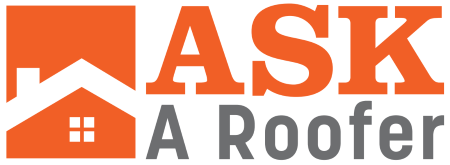
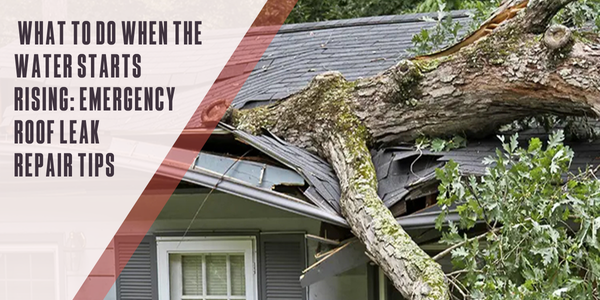
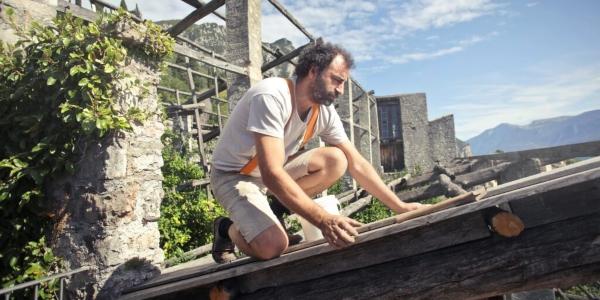
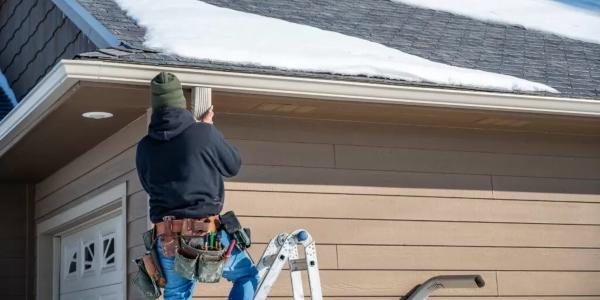
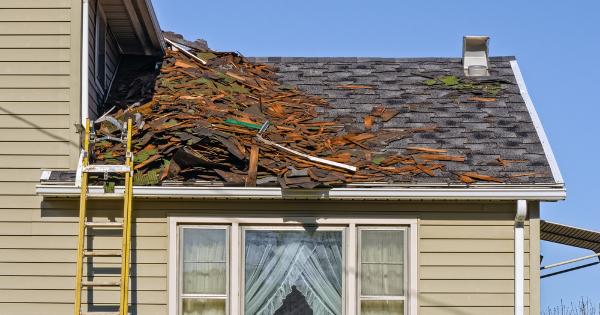



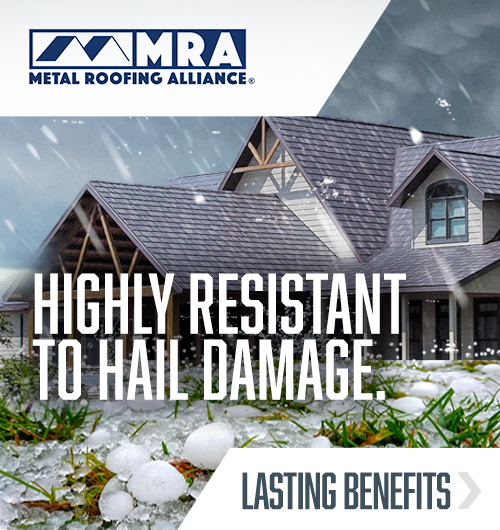


Comments
Leave a Reply
Have an account? Login to leave a comment!
Sign In